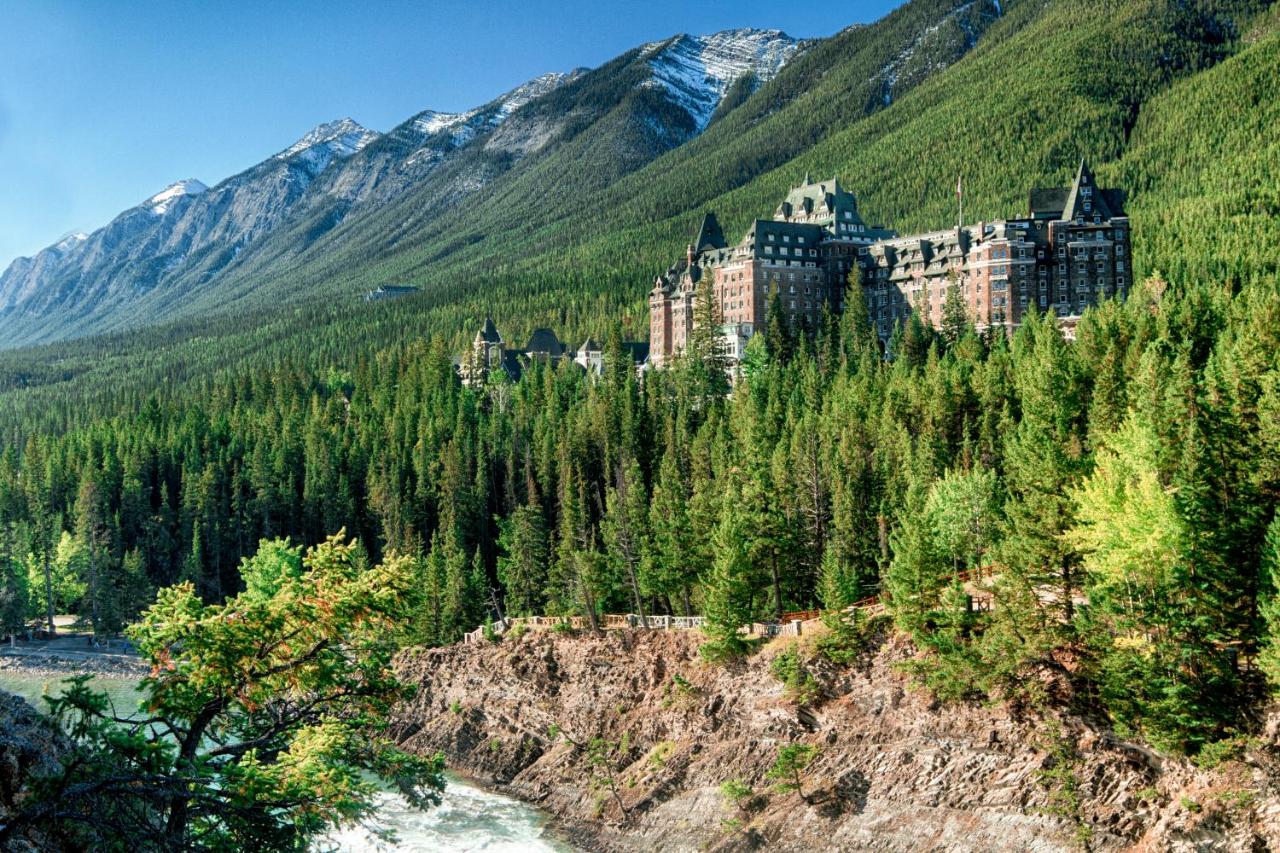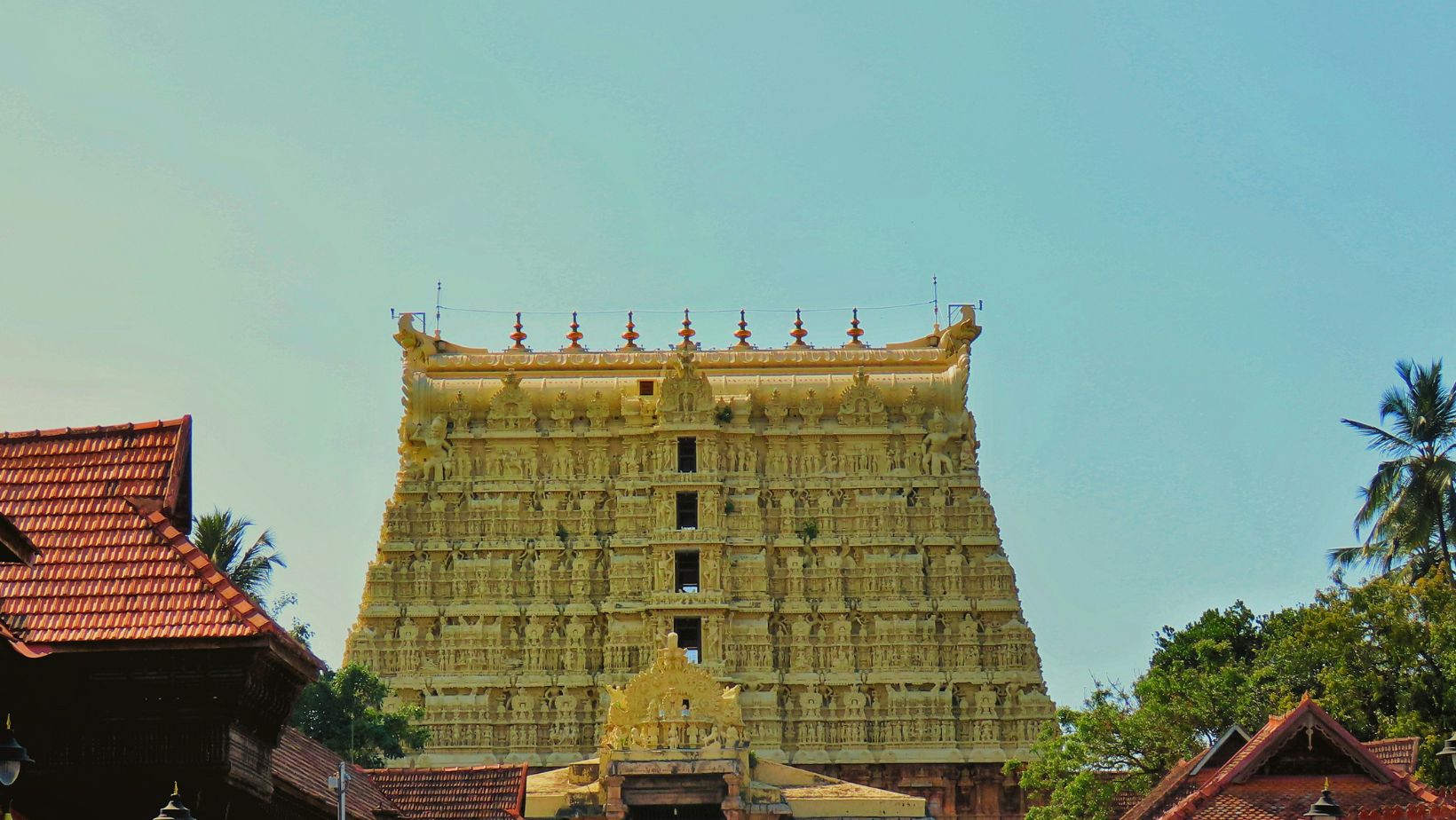Shri Badarinath Temple, nestled in Uttarakhand’s Garhwal Himalayas, is one of India’s holiest pilgrimage sites. Dedicated to Lord Vishnu, this revered temple attracts millions of devotees annually. It stands majestically along the banks of the Alaknanda River at an altitude of 3,133 meters. The temple forms part of the sacred Char Dham pilgrimage circuit, reflecting immense spiritual significance. Visitors embark on this journey seeking divine blessings, spiritual solace, and captivating natural beauty.
Historical Background
Ancient Origins
The origin of Shri Badarinath Temple dates back to ancient Hindu scriptures. Legends state that Adi Shankaracharya discovered a black stone idol of Lord Vishnu here in the 8th century. Shankaracharya subsequently established the temple and initiated worship. References to Badarinath exist prominently in ancient Hindu epics like the Mahabharata and the Skanda Purana. These texts narrate stories highlighting the sacredness of this Himalayan shrine.
Architectural Evolution
Historically, the temple has undergone numerous restorations due to natural calamities and invasions. Originally built as a simple shrine, the temple evolved significantly under various rulers’ patronage, including the Kings of Garhwal. Its current structure emerged in the 19th century, showcasing traditional Himalayan architecture with vibrant colors and intricate carvings.
Architectural Significance
Design and Layout
The Shri Badarinath Temple displays classical North Indian architecture. It comprises three main structures: Garbhagriha (sanctum sanctorum), Darshan Mandap (prayer hall), and Sabha Mandap (assembly hall). The conical roof, adorned with gilded gold, crowns the temple beautifully. Stone carvings depicting mythological scenes enhance the temple’s divine aura.
Sanctum Sanctorum
Within the Garbhagriha stands the magnificent black stone idol of Lord Vishnu, known as Badarinath. This idol measures about one meter tall and is depicted in a meditative posture. Adorned in gold and silk, devotees worship this idol fervently, believing it to bestow blessings, prosperity, and spiritual enlightenment.
Religious Importance
Char Dham Pilgrimage
Badarinath Temple is a crucial part of India’s Char Dham pilgrimage, alongside Dwarka, Rameswaram, and Puri. Completing the Char Dham pilgrimage is a deeply spiritual endeavor for Hindus, believed to ensure salvation and freedom from the cycle of rebirth. Each year, countless pilgrims undertake this challenging journey to attain divine favor.
Panch Badri
Badarinath is the principal shrine among the Panch Badri temples—five sacred shrines dedicated to Lord Vishnu. The other temples include Yogadhyan Badri, Bhavishya Badri, Vridha Badri, and Adi Badri. Each temple has unique religious stories and significance, enhancing Badarinath’s spiritual landscape.
Festivals and Celebrations
Opening Ceremony
The temple opens annually between April and May after harsh winter months. An elaborate ceremony marks this occasion, attracting thousands of pilgrims eager to witness the idol’s unveiling. Traditional rituals, chanting, and prayers characterize the opening event, fostering spiritual fervor.
Closing Ceremony
Similarly, in November, priests perform a grand closing ceremony before winter snowfall. Rituals involve covering the idol with woolen garments and transferring a symbolic lamp to Joshimath, signifying Lord Vishnu’s winter abode. Devotees gather in large numbers to seek blessings before the temple closes.
Badari-Kedar Festival
The vibrant Badari-Kedar festival celebrates the spiritual connection between Badarinath and Kedarnath temples. The festival includes cultural performances, devotional music, religious discourses, and community feasts. It symbolizes unity, devotion, and deep-rooted traditions of the region.
Pilgrimage Journey
Reaching Badarinath
Pilgrims typically begin their journey from Haridwar or Rishikesh. The 300 km route passes scenic towns like Devprayag, Rudraprayag, Karnaprayag, Nandprayag, and Vishnuprayag. These towns mark sacred river confluences, adding spiritual significance to the pilgrimage.
Challenges Along the Route
Travelers encounter steep, winding roads and unpredictable weather conditions. Altitude sickness can also pose health risks. Therefore, pilgrims must prepare thoroughly, carrying appropriate clothing, medications, and other essentials. Adequate precautions ensure a safer journey.
Places to Visit Enroute
Pilgrims often visit Mana village, India’s last inhabited village near the Indo-Tibetan border. Mana houses attractions like Vyas Gufa and Ganesh Gufa, associated with sage Ved Vyas’s composition of Mahabharata. Nearby attractions like Vasudhara Falls and Bhim Pul enrich the travel experience.
Rituals and Traditions
Daily Worship
Daily rituals begin at dawn with Abhishekam, a sacred bath given to Lord Vishnu’s idol using holy water, milk, and sandalwood paste. Priests adorn the idol with floral garlands and rich fabrics. Evening rituals involve lighting lamps, chanting hymns, and distributing sacred prasad to devotees.
Special Offerings
Devotees offer traditional items such as Tulsi leaves, sandalwood paste, and sweets. Many pilgrims sponsor special pujas and rituals seeking specific blessings for prosperity, health, or fulfillment of personal desires. These offerings reflect deep devotion and religious sentiments.
Nearby Attractions
Hot Springs
Tapt Kund, a natural thermal spring near the temple, holds immense religious significance. Pilgrims traditionally bathe in these therapeutic waters before entering the temple. Belief states that these waters cleanse impurities and purify the soul, enhancing spiritual readiness.
Neelkanth Peak
Neelkanth Peak, towering at 6,597 meters, forms a breathtaking backdrop to the temple. The peak’s snow-clad summit glistens beautifully, symbolizing Lord Shiva’s divine presence. Adventure enthusiasts also undertake challenging treks towards its base, embracing nature’s pristine beauty.
Accommodation and Facilities
Lodging Options
Badarinath offers varied accommodations, ranging from basic guesthouses to comfortable hotels. Garhwal Mandal Vikas Nigam (GMVN) manages several guesthouses providing clean rooms, essential amenities, and affordable rates. Luxury hotels and resorts are also available nearby for pilgrims seeking comfort.
Dining Facilities
Restaurants and eateries near the temple serve vegetarian meals adhering strictly to religious customs. Local cuisine predominantly features simple yet delicious dishes like dal, roti, and rice. Numerous eateries cater to diverse palates while maintaining spiritual sanctity.
Best Time to Visit
Ideal Months
May to June and September to October are the ideal months for pilgrimage. These periods offer favorable weather conditions, manageable crowds, and breathtaking scenic beauty. Avoiding peak monsoon months and extreme winters ensures a comfortable pilgrimage.
Weather Conditions
Summers provide pleasant daytime temperatures ranging between 10°C to 20°C, although nights remain cold. Winters experience heavy snowfall, closing temple routes entirely. Adequate preparation for weather changes is necessary to ensure comfort and safety during the visit.
Environmental Preservation
Sustainability Initiatives
Recognizing the region’s ecological sensitivity, temple authorities and local organizations undertake initiatives promoting sustainable pilgrimage practices. Measures include waste management systems, prohibition of plastic usage, and encouraging responsible tourism to preserve the temple’s pristine environment.
Pilgrim Responsibility
Pilgrims hold significant responsibility in maintaining environmental sanctity. Adhering strictly to guidelines, disposing waste properly, and minimizing environmental footprints become crucial during the journey. Collective responsibility ensures the preservation of Badarinath’s spiritual and natural heritage for future generations.
Visiting Shri Badarinath Temple offers a profound spiritual experience intertwined with captivating natural beauty. As pilgrims traverse the rugged Himalayan paths, they find themselves immersed in ancient traditions, rituals, and divine energy. This journey rejuvenates souls, inspires devotion, and highlights India’s rich spiritual heritage. Each visit deepens one’s spiritual connection, making the Shri Badarinath Temple pilgrimage truly transformative.











lprukt
lprukt
**mindvault**
mindvault is a premium cognitive support formula created for adults 45+. It’s thoughtfully designed to help maintain clear thinking
**breathe**
breathe is a plant-powered tincture crafted to promote lung performance and enhance your breathing quality.